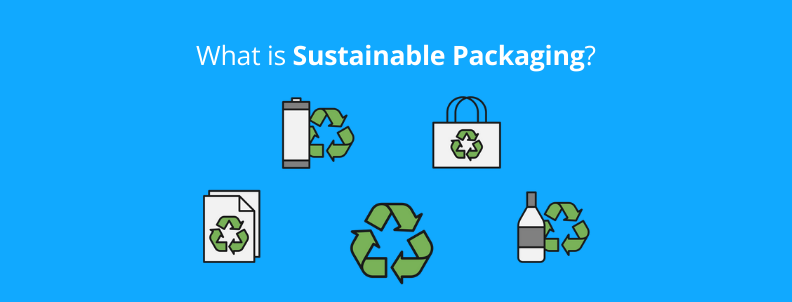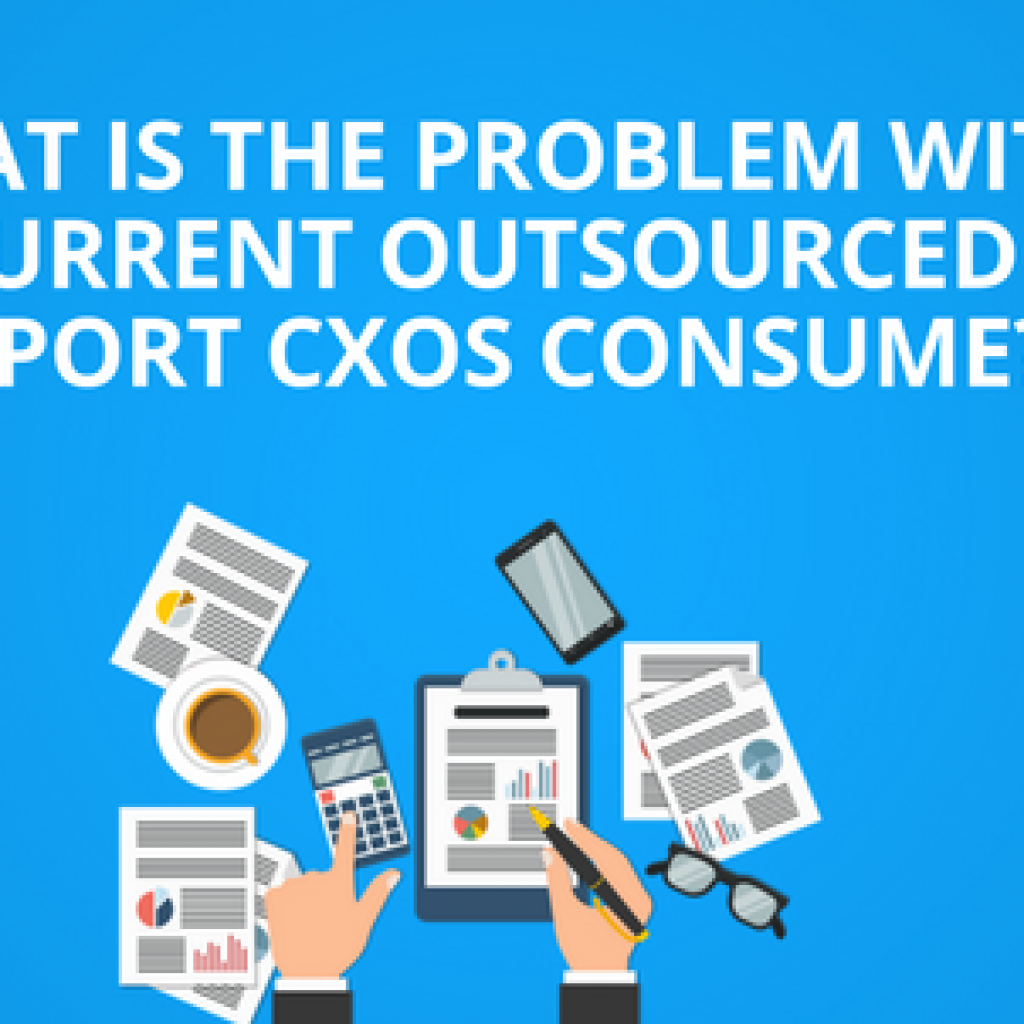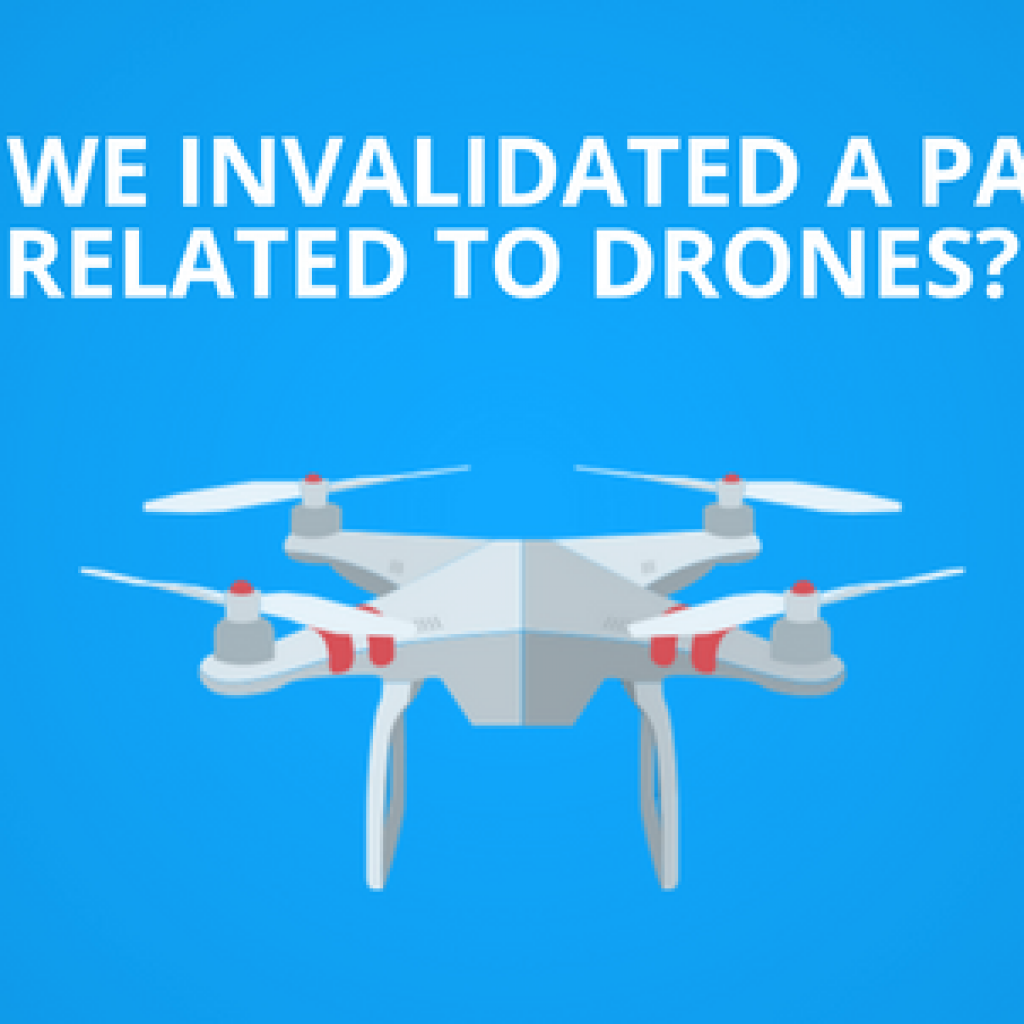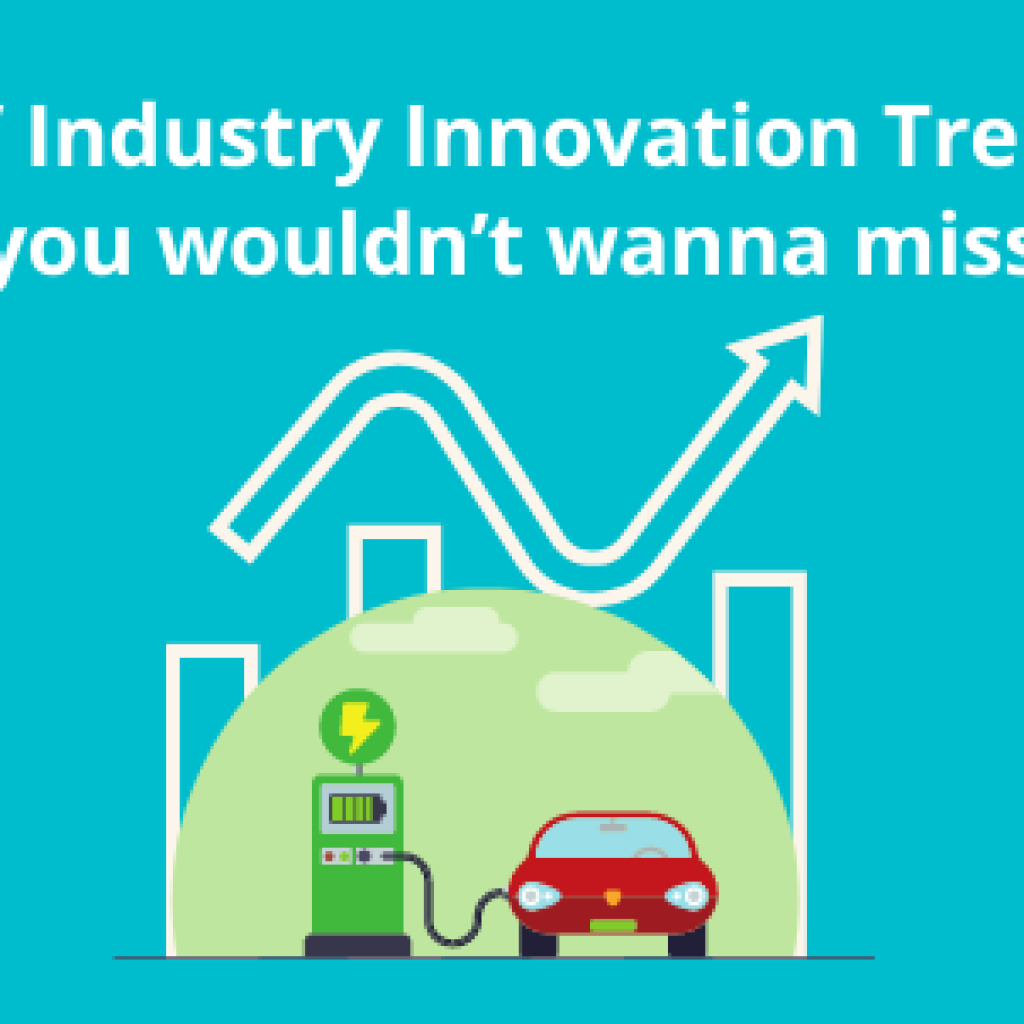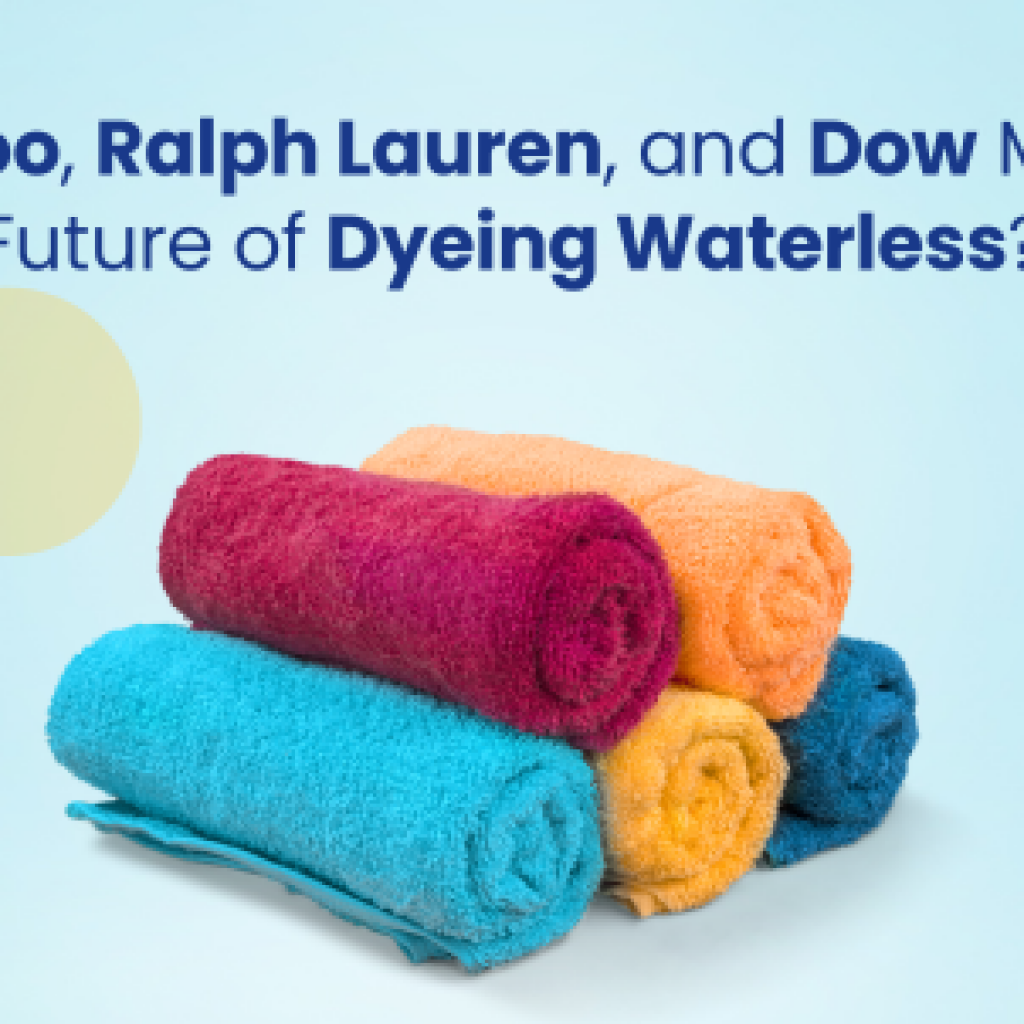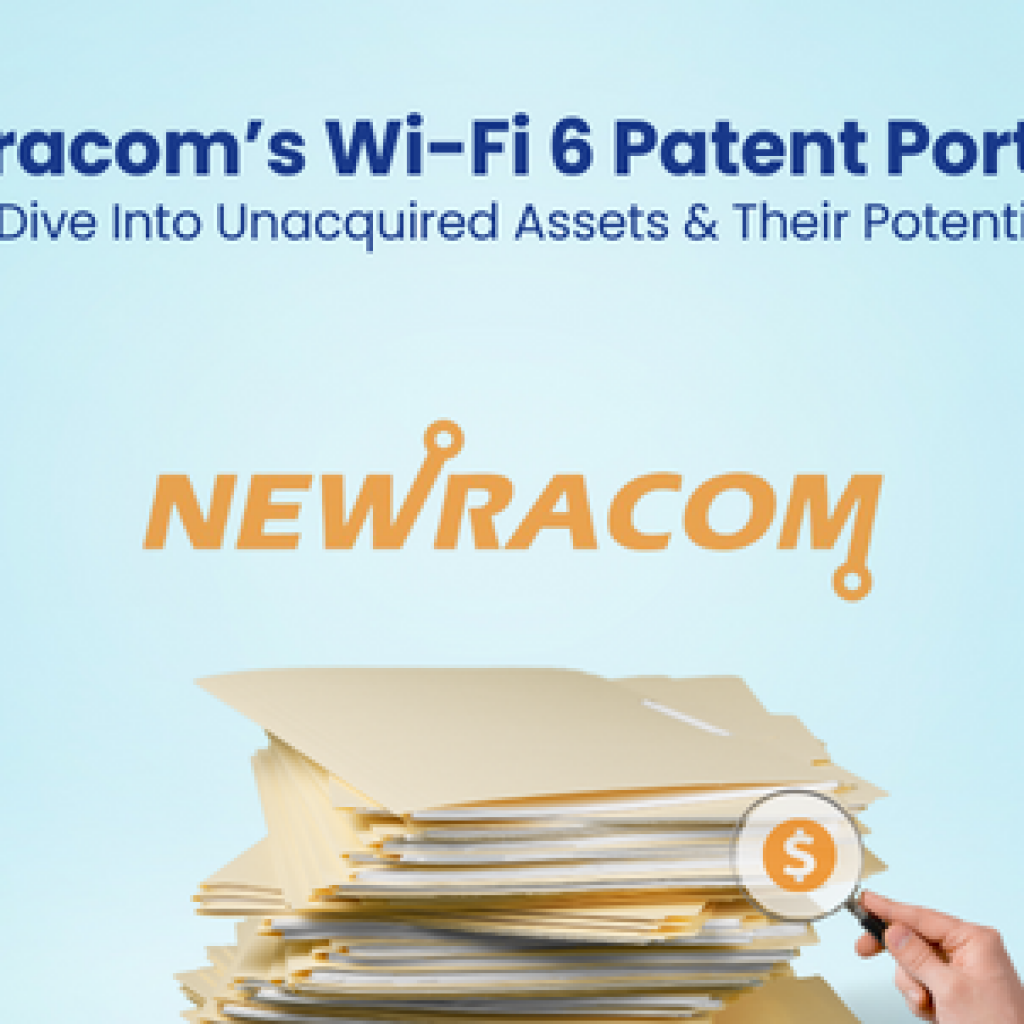Plastic packaging is doing to our planet what cancer does to an organism’s body. The roots of waste caused by plastic are reaching almost every corner of our planet. Be it the deepest and darkest parts of our oceans, or the highest mountain on our planet.
But unlike cancer, which we are still struggling to find a cure for, plastic packaging is no longer invincible. We finally have many alternatives that are both better for the environment and economically suitable.
With government support and consumer demand for eco-friendly products, many companies are slowly moving towards greener, more sustainable packaging.
This is the first part of the 3-part market research study focused on different aspects of sustainable packaging.
In case you’re short on time, I have converted this analysis into a shareable/printable PDF. You can keep it for later reading or sharing with colleagues. Download it using this form:
Interested in reading it right away? Well, then, let’s get started!
What is Sustainable Packaging?
Sustainable packaging uses Renewable, Reusable, and Recyclable materials and processes to minimize environmental impact.
Adopting sustainable packaging can be a great way to minimize if not completely eliminate, non-biodegradable plastic from the environment. The great part is that the raw material source comes from sustainable means such as vegetable fats and oils, corn starch, wood chips, food waste, et cetera. Further, for some of the materials, the energy used to produce the final product is also generated from waste. For instance – In the case of softwood, when the cellulose is extracted from it, the remaining wood chips are used to generate energy.
Sustainable packaging meets industries’ economic and functional needs while protecting the environment. It is one of those green movements in which multiple businesses have taken part over recent years to reduce their carbon footprints.
Why is Sustainable Packaging Important?
Regular, everyday trash is one of the biggest contributors to plastic pollution. Milk cartons with plastic linings, disposable water bottles, and almost all types of packaging end up in the environment or in dumps, where they can affect groundwater and nearby wildlife. Plastic pollution in the ocean is mostly from plastic, and it has a terrible impact on marine species. The case against plastic has been building for almost three decades.
Back in the 1990s, researchers noticed that about 60-80% of the waste in the ocean was non-biodegradable plastic, and the amount of plastic washing up on beaches and in harbors was increasing.
In 2004, the true damage became apparent when the University of Plymouth oceanographer Richard Thompson coined the term “microplastic.” Researchers worldwide began cataloging how these microplastics were finding their way into organisms’ organs.
In 2015, the University of Georgia environmental engineer Jenna Jambeck estimated that between 4.8m and 12.7m tonnes of plastic were entering the ocean each year, which they expected would double by 2025.
Just a few decades ago, organizations didn’t have the resources to make their business processes eco-friendly, but now that moving towards sustainability has become a pressing issue — and aided by technological advancements – a lot of research is being done in this direction.
From the industry’s perspective, sustainable packaging is economically viable and pretty efficient to manufacture and supply. It also adds greatly to the brand’s image, as consumers love green products.
Benefits of Sustainable Packaging
- Meets the market need for performance and cost
- It is manufactured using renewable means from scratch
- Optimizes the use of renewable or recycled source materials
- The material used for sustainable packaging doesn’t harm the environment
- Meets the growing consumer demand for eco-friendly products
- Minimizes the impact of packaging on the environment
- Enhances risk management and brand protection
- It is sourced, manufactured, transported, and recycled using renewable energy
Research Landscape of Sustainable Packaging
The market for sustainable packaging is growing fast. In late 2017, it was valued at US$233.82 billion. With a CAGR of 6.53%, it is suspected that it will reach US$341.72 billion by 2023.
Researchers from various industries are working together to find the best solution for sustainable packaging — and making plastic biodegradable — by trying to create other forms of packaging that have zero or negative impact on the environment.
Below listed are some of the most common raw materials used for sustainable packaging:
Most Common Raw Materials Being Used
Cellulose—Cellulose is a component of softwood trees and vegetable fibers such as cotton, hemp, rice, etc. It is an insoluble substance used as a raw material for the manufacturing of natural plastic. Cellulose is the most abundant raw material on earth.
Corn starch—Starch is a natural polymer used to manufacture natural plastic with a wide range of applications in multiple industries. Another reason starch-based plastics are great for industrial use is that they are more cost-competitive than alternative bioplastics. They are ideal for all types of food packaging.
Cardboard and paper — Paperboards are lightweight, yet strong. They can be used to pack almost every type of product. They are biodegradable, recyclable, and reusable.
Biodegradable plastic—This type of plastic is used to make envelopes, which are usually used for bulk emailing. Biodegradable plastic decomposes when exposed to sunlight, making it a viable and practical alternative to traditional plastic envelopes.
All the FMCG companies have committed that by 2025, they will be using only eco-friendly packaging, which is made of 100% natural raw materials such as forex, cellulose, starch, etc. It needs to be noted that Cellulose is becoming one of the most common raw materials in the food packaging industry.
Some Creative Eco-Friendly Packaging Products
A lot of companies manufacturing eco-friendly packaging products use food waste as their raw material or in some cases, only biodegradable materials. The major goal here is to replace plastic from their packaging.
Here are some notable creative products created by companies to achieve the sustainability objective.
Eco-friendly Pasta Boxes made from Food Waste

The UK supermarket Waitrose launched two new pasta products in eco-friendly boxes made from salvaged foq1od waste. The peas and pulses that were unsuitable for production during the pasta production process were then saved and used to form part of the packaging instead of being thrown away.
Edible Drinking Water Bubble by Skipping Rocks

Plastic bottles are among the top contenders in plastic waste. In the US, more than 60 million plastic bottles are thrown out every day, polluting not only the landfills but can be seen tumbling in parks, streets, and waterbodies.
As an alternative to plastic bottles, Skipping Rocks Lab developed Ooho bubbles that store drinking water within an edible membrane.
These bubbles are made from a natural seaweed extract. The flexible, bubble-like packaging biodegrades in 4-6 weeks, the membrane can be flavored and used for other liquids such as soft drinks, spirits, and cosmetics.
Edible spoon by Bakeys

Indian cutlery company Bakeys made a vegan-friendly and biodegradable edible spoon from rice, wheat, and sorghum. The spoon comes in three flavors: plain, sweet, and savory. In the sweet version, one can choose from flavors like vanilla and strawberry, among others.
Bakeys is not only saving the resources that go into maintaining steel spoons (read washing or handling) but has also considered improving the customer experience because it contains no chemicals, additives, or even preservatives and is made from food materials with highly nutritive content.
‘Future Smart’ 100% renewable Paper Cup from Huhtamaki

Smart paper cup by packaging manufacturer Huhtamaki is a 100% renewable cup for takeaway hot and cold beverages. These cups are created using plant-based materials that are certified by the Programme for the Endorsement of Forest Certification (PEFC). The paper cup utilizes a newly developed polyethylene that’s plant-based which prevents liquids from permeating the cup too quickly.
Recycled Chocolate Waste Wrap from cocoa beans skins

UK paper manufacturer James Cropper developed another innovative recycling process that incorporates cocoa husk waste from chocolate production into unbleached cellulose fiber. This cellulose fiber can be used to produce food-grade recycled paper which can be used as a wrapper for chocolate bars.
How Major Brands are Adopting Sustainable Packaging for their Products?
During our research, we found that a lot of major brands are adopting sustainable packaging to become eco-friendly. Many companies on the list have found creative ways to incorporate sustainability into their products. To give you a brief, here are a few of those major brands:
KFC is planning to launch edible bowls from its ‘Rice Bowlz’ range in stores in Bangalore, southern India. The packaging will be made of tortilla-like ingredients and can be eaten once the meal is consumed.
In 2016, KFC outlets in the UK also trialed a coffee cup called the ‘Scoffee-ee Cup’, made of a biscuit-like substance and covered in heat-resistant chocolate.
Dell has partnered with bamboo packaging supplier Unisource Global Solutions (UGS) and introduced bamboo-based packaging that replaced plastic cushions inside laptop boxes. The bamboo used in these packages comes from an FSC-certified forest in China and is easily biodegradable.
Dell also uses mushroom-based agricultural waste as an alternative to petroleum-based foams for select shipments which are organic, biodegradable, and can be used as compost or mulch.
Nike has partnered with Arthur Huang to design Air Max packaging made from recycled drink containers and lids, which can be further recycled.
The Air Max box has a central section that keeps the shoe in one place. It also has extra holes to allow owners to thread a rope through and reuse the box like a backpack or carry bag.

PUMA has collaborated with Fuseproject, a firm led by Yves Béhar, to make the “Clever Little Bag” that can replace the paperboard shoebox. The CLB uses 65 percent less cardboard, which reduces weight, is cheaper, and eliminates the need for extra plastic carrier bags.
Apart from these major brands, the list of companies researching and working in sustainable packaging is huge. We found that not just the core companies like Anchor, TetraPak, Bemis, and Mondi Group but even major players like Coca-Cola, Nestle, Colgate, Johnson, Johnson, and Pepsico are actively innovating in this domain. We have collated our findings of companies and startups working in sustainable packaging in the next part of this series which you can access from here.

